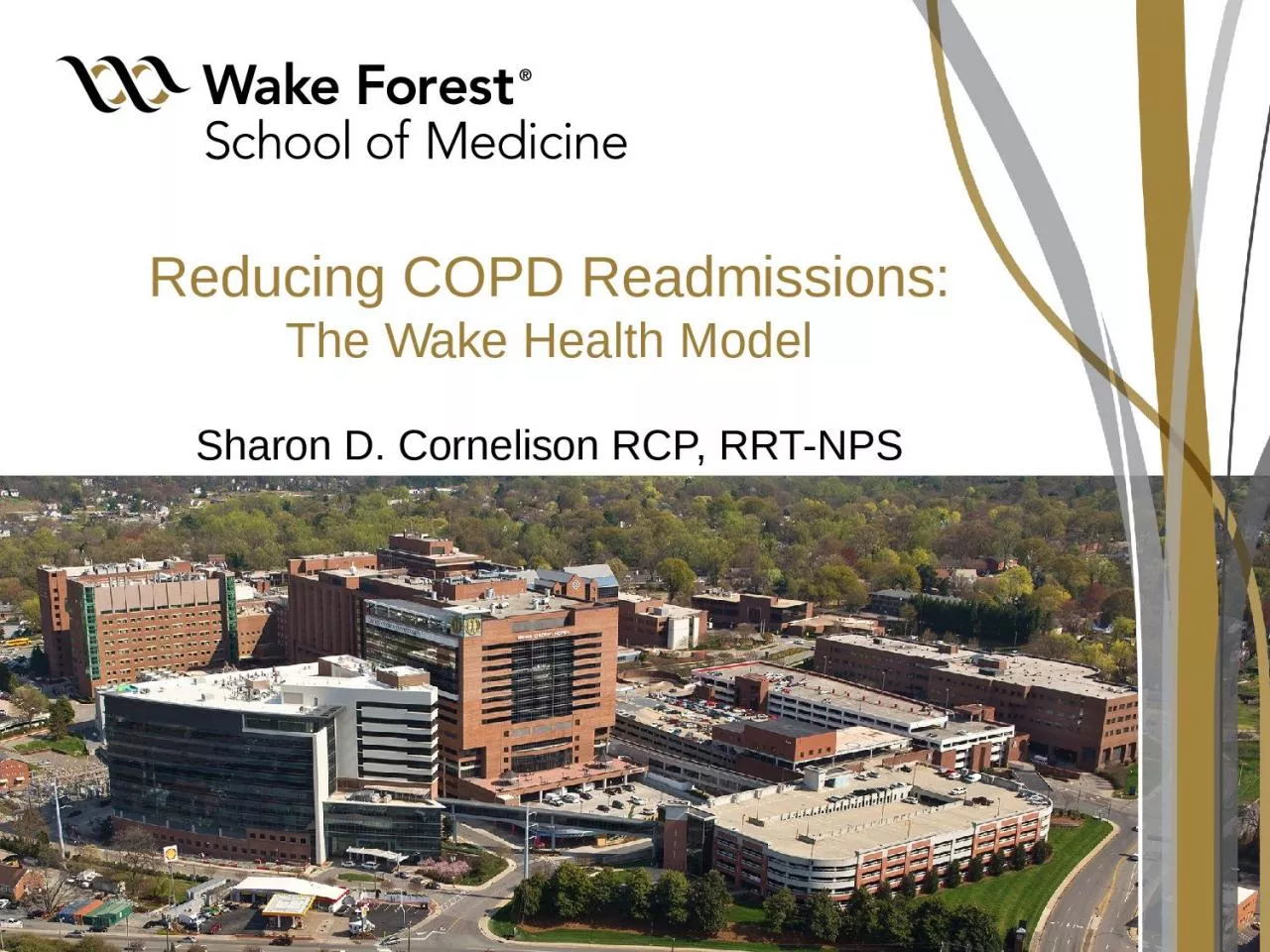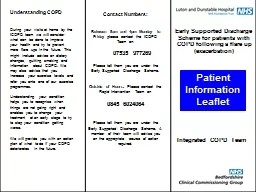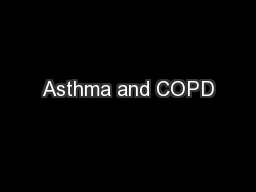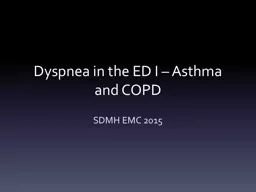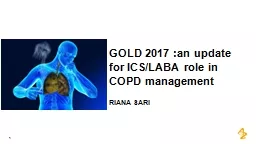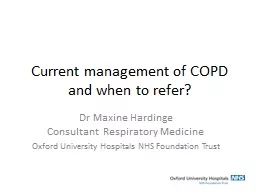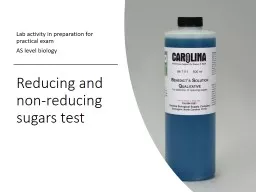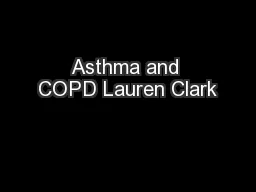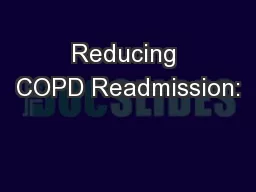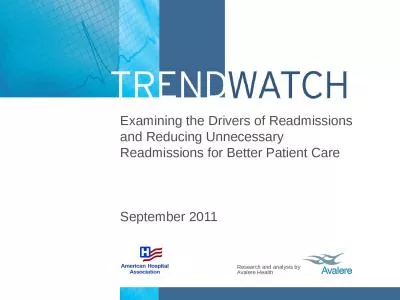PPT-Reducing COPD Readmissions:
Author : reese | Published Date : 2024-02-02
The Wake Health Model Sharon D Cornelison RCP RRTNPS COPD Pathway Team Inpatient Team Hospitalist Critical Care Physician andor APP Respiratory Therapist COPD Navigators
Presentation Embed Code
Download Presentation
Download Presentation The PPT/PDF document "Reducing COPD Readmissions:" is the property of its rightful owner. Permission is granted to download and print the materials on this website for personal, non-commercial use only, and to display it on your personal computer provided you do not modify the materials and that you retain all copyright notices contained in the materials. By downloading content from our website, you accept the terms of this agreement.
Reducing COPD Readmissions:: Transcript
Download Rules Of Document
"Reducing COPD Readmissions:"The content belongs to its owner. You may download and print it for personal use, without modification, and keep all copyright notices. By downloading, you agree to these terms.
Related Documents

